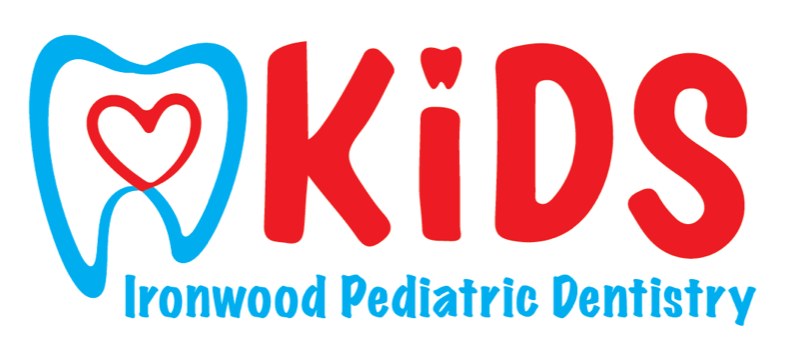Does your child have crowded, crooked, or protruding teeth? Then you have come to the right place. At Ironwood Pediatric Dentistry, our expert orthodontists specialize in creating confident smiles and healthy jaw development—all in a kid-friendly environment your family will love.
Depending on your child’s needs, we may recommend:
- Traditional Braces
- Invisalign® Clear Aligners
- Growth-Guidance Appliances
- Retainers & Maintenance Plans

- See you soon!
10213 N. 92nd Street Suite H-102 Scottsdale, AZ 85258

We were named a Top Dentist by Phoenix Magazine in 2015, 2017, 2018, 2019, 2020, 2021, 2022, 2023 and 2024.
What Sets Us Apart
We have some of the best orthodontists you can take your child to in Scottsdale, Arizona. When you bring your children to us, they will receive compassionate care from a team that really listens. Our patient testimonials speak for the care of our people when it comes to our child patients, the quality of our work, and parents’ satisfaction with the results.
Kind, child-centered team
Our office provides a fun, welcoming environment for children
Award-winning orthodontics
Top-rated orthodontist for Scottsdale and Phoenix by Phoenix Magazine
Modern tools
We use state-of-the-art technology
Pricing for everyone
We provide transparent pricing and offer financing options
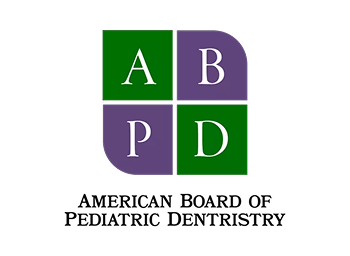
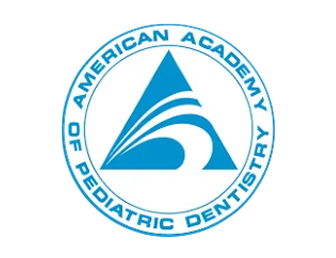
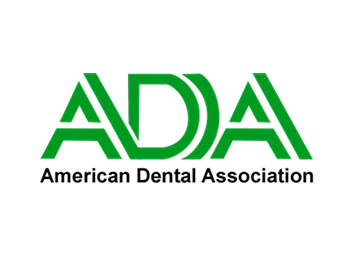
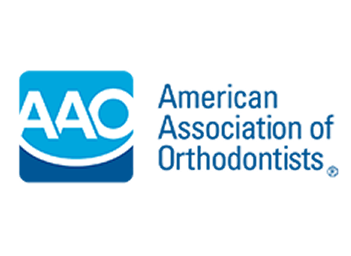
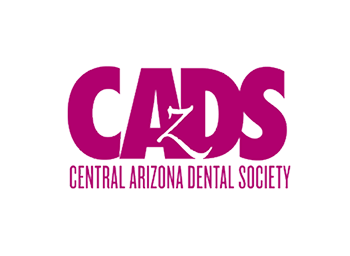
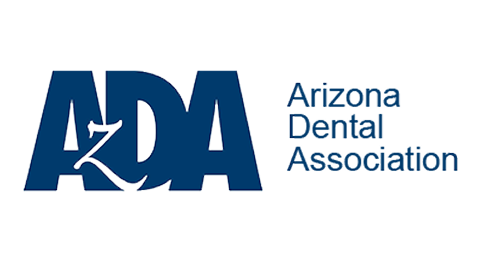
Common Orthodontic Concerns We Treat:

Overbite / Underbite
When the upper or lower front teeth extend too far, it can affect chewing, speech, and overall facial balance.
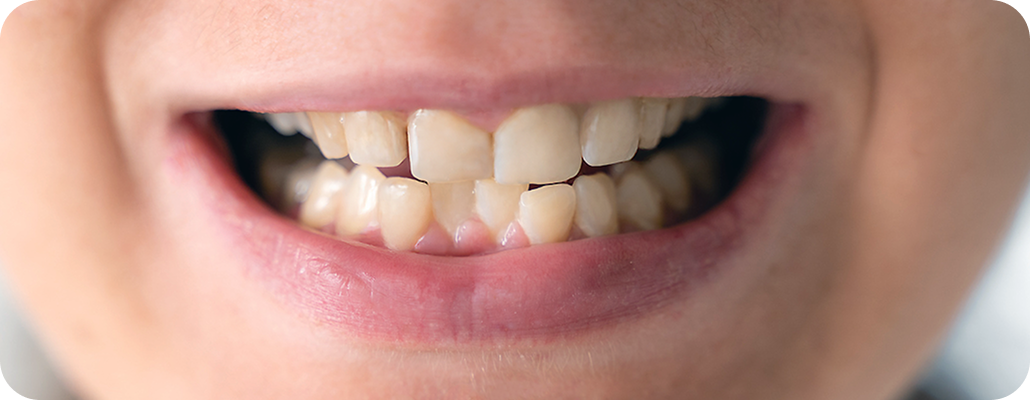
Crossbite / Open Bite
Improper alignment where teeth don’t meet correctly, or leave a gap, even when the mouth is closed.
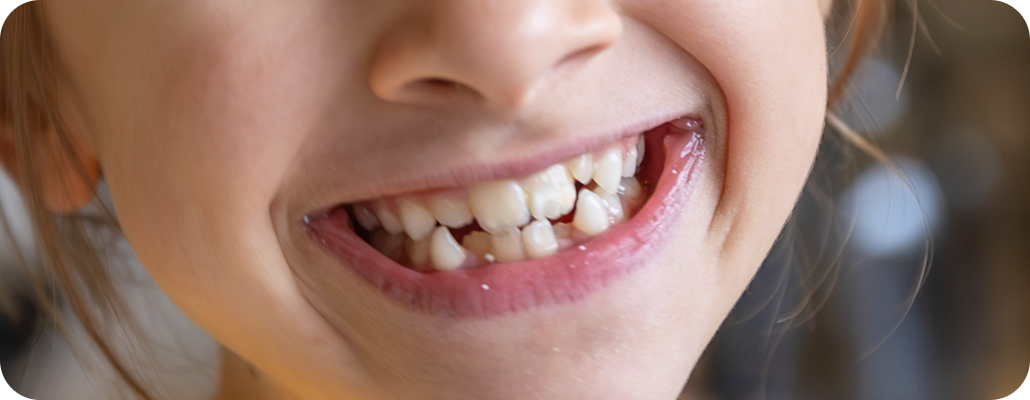
Crowding / Crooked Teeth
Not enough space in the jaw can cause teeth to overlap or twist, making cleaning difficult and increasing the risk of cavities.
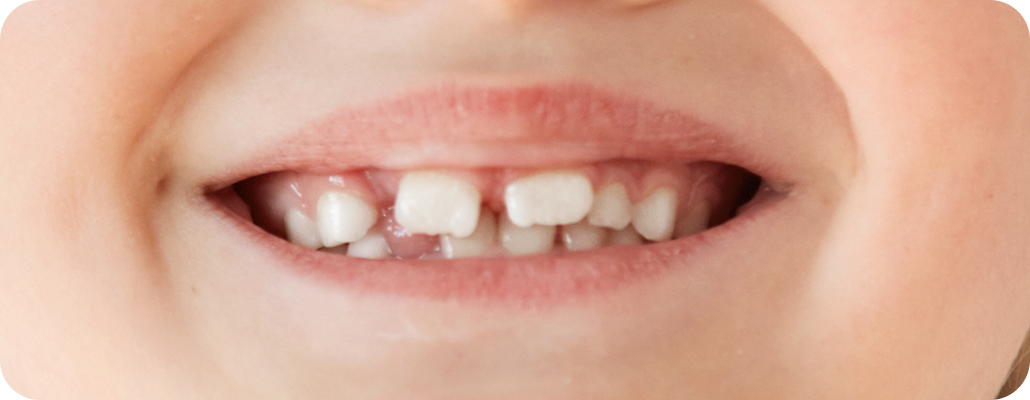
Gaps & Jaw Misalignment
Excess spacing between teeth or uneven jaw development can impact bite function, appearance, and long-term oral health.
Why Early Orthodontic Treatment Matters?
Early orthodontic care helps guide your child’s smile as they grow—preventing bigger problems later and boosting confidence today.
The American Association of Orthodontists recommends an orthodontic screening by age 7!
Healthier bite & jaw function
Reduced risk of tooth decay and gum disease
Improved speech & chewing
Enhances psychosocial well-being
Easier treatment in teenage years
Potentially lower long-term costs
Payment & Insurance Made Simple
When you visit us at Ironwood Pediatric Dentistry, our Scottsdale orthodontists can tell you how we can help your child have a better and healthier smile. We can also discuss payment options if orthodontics are needed because we believe every child deserves a healthy, happy smile.
- Offer flexible financing options
- Work with most major insurance plans
- Provide in-house membership discounts for uninsured patients
- Accepts AHCCCS

Frequently Asked Questions about Orthodontics
How often do children need orthodontics?
Firm statistics can be hard to come by, but we estimate that up to half of American children will at least visit an orthodontist, and at least 15 percent of children will require orthodontics. Arizona and Maricopa County are no exceptions to this general, national rule.
Evidence suggests that the use of orthodontics in childhood has been increasing since the mid 20th Century, at least in part because of increased awareness in the dental profession of the advisability to have children as young as seven years old evaluated for orthodontics.
What are your qualifications as orthodontists?
Orthodontics is a highly competitive branch of dentistry.
Most orthodontic residency programs in Arizona and other states only accept a handful of applicants in any given year.
This means that generally, only the most qualified dentists are accepted for further training to become orthodontists.
As orthodontists licensed in the state of Arizona, we are subject to the strict requirements for orthodontists established by the Arizona Board of Dental Examiners (we will call it “the Board” for simplicity’s sake).
These include completing at least four years of orthodontic training after graduating from dental school, passing written and clinical examinations, and maintaining their professional qualifications in the state of Arizona through mandatory continuing education courses.
Our orthodontists are also certified through the American Board of Orthodontics.
In addition, the Board requires us as orthodontists to provide you with a written treatment plan (including the cost of treatment), to obtain your written consent before beginning your child’s treatment, and to have a complaint process in place for you if you need it.
What is the difference between an orthodontist and a dentist?
Dentists are doctors by education and training who specialize in oral health. All orthodontists begin as dentists, because orthodontics is an advanced specialty on top of basic dentistry.
What this means is that in addition to the eight years of higher education required to become a dentist including four years of post-graduate dental school, an orthodontist must then receive an additional three years of formal education and practical training specific to orthodontics, then pass additional examinations needed to become a licensed orthodontist.
Dentists are trained to recognize the early signs of tooth and jaw misalignment and malocclusion.
That is why we recommend seeing a dentist if you believe that your child may be developing these problems.
Your family dentist is not, however, an orthodontist.
Similarly, although orthodontists are qualified dentists, they generally do not practice dentistry but confine their work to orthodontics.
Do you replace my family dentist?
No. Your family dentist is still your primary source of regular dental services like check-ups, cleanings, and cavity fillings.
Our focus as orthodontists is on tooth alignment and bite issues that go beyond basic dentistry.
We complement your family dentist, we do not replace that person.
What are the different kinds of orthodontic devices you use?
Depending on your child’s unique needs, we provide a range of conventional braces and aligners.
Conventional braces include fixed braces, functional braces, braces in combination with elastics, and headgear.
Aligners, also known as “invisible braces,” are a modern alternative to conventional braces. Invisalign® clear plastic aligners are a well-known and effective brand of aligner that we use in our Arizona dental and orthodontics offices.
Invisalign aligners are made of a patented clear plastic and are removable, making it easier for your child to eat, practice good hygiene habits like tooth brushing, and participate in some activities, such as school athletic events, in which wearing traditional orthodontics might be impractical.
In addition to Invisalign aligners, we also offer a full range of Invisalign accessories.
How much will it cost to put braces or aligners on my child?
The need for childhood orthodontics can vary greatly.
What kind of orthodontic services your child may need is a question we need to answer on a case-by-case basis.
Therefore, as a rule in the first consultation we examine your child’s specific issues before making a cost estimate.
Other factors that can affect the cost are how long orthodontics will be needed and whether any other dental problems must also be addressed in addition to orthodontics, such as having some teeth extracted beforehand.
Generally speaking, though, orthodontics can cost anywhere from several hundred dollars to a few thousand dollars.
Do you offer any free consultations?
Yes. Your initial, evaluative consultation with one of our Scottsdale orthodontists is free. At the end of it, we can tell you whether and how we can help your child to have a better, and healthier smile, answer some of your questions, and discuss payment options if orthodontics are needed.
What happens if I delay my child’s orthodontic treatment?
As a rule, dental problems do not correct themselves nor do they lend themselves to home-based, self-help remedies.
Left unattended, misalignment and malocclusion problems only get worse over time.
If the delay is prolonged, the financial effect on you can be to make fixing your child’s problems more costly and time-consuming once you finally commit to orthodontics.
The effect on your child’s sense of self-esteem, his or her physical comfort, and even the ability to properly chew and digest food are other factors to consider if you decide to wait.
There is no need to wait while matters steadily grow worse over time.
Early orthodontic attention is almost always less expensive than waiting until more significant treatments become necessary.
If you believe your insurance will not cover enough of the costs of orthodontic consultations, or if you have no health or dental insurance, we can help you to affordably spread out the cost of treatment through financing.
Will my health or dental insurance cover orthodontics?
Many kinds of health insurance and dental insurance available in Arizona cover orthodontics.
If you have such insurance, you will need to check with your policy provider to see what its qualifications, restrictions, and maximum coverage amounts are.
How long are braces or aligners required?
As with the question of how much orthodontics might cost, the answer to this question depends on the unique dental circumstances your child is experiencing. Your initial consultation with us will help us to know specifically the kinds of problems that exist, their treatment, and how long that treatment will take.
Simple problems, like tooth straightening, may take only a few months. More intricate problems, like closing an open bite, jaw realignment, or correcting overbites or underbites, can take longer, even a few years, and can include using a retainer after the orthodontic devices are removed.
Are there any risks to orthodontics?
We say with confidence that orthodontics are safe as a general rule.
Still, as with many oral health procedures, in some circumstances problems can happen.
Sometimes these problems are caused by a child who does not practice good oral hygiene, like brushing regularly: although braces or aligners will not by themselves cause damage to teeth, poor cleaning and a diet rich in sugar can lead to food being trapped in the orthodontics, decalcification of the teeth, and to tooth decay.
Other possible problems that can occur include mouth pain, pulpal changes, root resorption (a situation in which the body breaks down and absorbs the root of a tooth), and a condition known as temporomandibular dysfunction or TMD. This is a condition affecting the jaw muscles and nerves that can lead to facial pain.
Good oral hygiene practices, maintaining regular dental check-ups, carefully following your child’s orthodontic treatment plan, and letting your orthodontist know during consultations if your child is experiencing mouth, facial, or jaw pain are all ways to minimize the risk of any serious problem developing during treatment.
How long will the results of orthodontic treatment last?
Your child’s mouth is a dynamic place and will continue to be so even when braces or aligners, or other orthodontic devices are removed.
Often a retainer is needed for a few months to a year after completion of orthodontic treatment to promote the teeth staying in their new places.
Still, some shifting of the teeth can happen over the years even after orthodontic treatment, but usually this will not make another round of orthodontics necessary during your child’s lifetime.
Do you guarantee your work?
We are the best orthodontists you can take your child to in Scottsdale, Phoenix, and in Maricopa County, Arizona. Our patient testimonials speak for the care of our people when it comes to our child patients, the quality of our work, and parents’ satisfaction with the results.
In each consultation, we take all reasonable and practical steps and precautions to maximize the prospect of a successful orthodontic outcome for your child.
Still, not everything that might happen during treatment is under our control, so we cannot offer a blanket guarantee that orthodontics will succeed every time.
We will use our best efforts to meet your child’s orthodontic needs and can say that the vast majority of the time, the outcome of orthodontic treatment will be positive for everyone.
Nevertheless, just like your doctor, we cannot guarantee complete success in treatment.
Do you have any orthodontists near me?
Our Arizona dental and orthodontic offices are in Scottsdale. We also serve clients in Phoenix and the greater Maricopa County area.
If your child needs to see an orthodontist in Scottsdale, Arizona, or if you have any other questions about child orthodontics, then just give us a call at (480) 422-4544 to set up a free consultation. If you know that your child is experiencing a current dental problem of any kind, we recommend you call your dentist first.
Remember, the best way to prevent a big problem in the future is to nip it in the bud now.
At our Scottsdale office, we specialize in kids’ dentistry and orthodontics. If you visit us with your child and, during your consultation, we find no evidence of an existing or near-term problem with your child’s orthodontic health, we will tell you.
And if we find that a small problem or a potential problem is there, we can work with you to find an orthodontic solution that is safe, proven, causes the least discomfort to your child, and is affordable to you.
With beautiful smile results you’ll both be pleased with for many years to come.
Feedback
Parents & Patients Love Us








Ready to Get Started?
Setting up an appointment is easy! Book an appointment here to see what fits your schedule best. We’ll do our best to accommodate your schedule!
